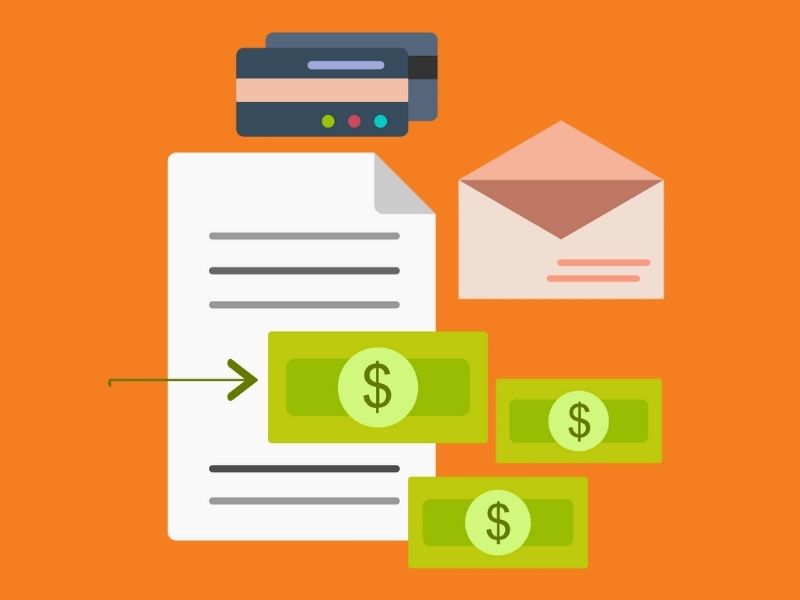When it comes to asphalt paving, one of the most expensive and waste-prone parts of the job is ordering more asphalt than you actually need. Overordering not only ties up your budget but also leads to wasted material and increased disposal costs.
Whether you’re paving a driveway, parking lot, or a private road, accurate asphalt estimating is key to profitability and professional success. Below are practical tips for contractors to avoid overordering asphalt while ensuring every job is finished smoothly.
1. Know Your Project Area Dimensions Accurately
It starts with measurements. Even a few inches off can result in tons of extra material. Use reliable tools like:
- Laser distance measurers
- Measuring wheels
- Blueprint takeoff software
Always double-check the length, width, and area of the space to be paved, especially if you’re working on irregular-shaped lots or angled driveways.
2. Understand the Correct Asphalt Thickness
The required thickness depends on the type of traffic and base:
- Residential driveways: 2–3 inches
- Parking lots: 3–4 inches
- Heavy truck roads: 4–6 inches or more
Make sure your team knows whether you’re estimating for compacted thickness or loose asphalt. Failing to make that distinction could lead to significant miscalculations.
3. Account for Waste — But Not Too Much
Every contractor builds in a waste factor, but overcompensating can lead to unnecessary overordering. For most projects:
- Add 5% waste for driveways and small lots
- Up to 10% for irregular areas or slopes
Avoid exceeding this unless there’s a clear reason like poor subgrade or complex elevation changes.
4. Consider Asphalt Delivery in Truck Loads
Asphalt is typically delivered in tons — and it cools fast. Ordering in load-based increments (e.g., 10-ton trucks) ensures you get what you can lay before it cools and becomes unworkable.
Plan the work in stages if needed, rather than overestimating to fit one big pour.
5. Communicate with the Asphalt Plant
Contractors often underestimate the value of a quick phone call to the supplier. Ask:
- What is the exact tonnage per truck?
- What are the current mix specs and density?
- How fast can they deliver if you run short?
This allows you to order conservatively, knowing a backup plan is in place.
6. Train Your Crew to Monitor Usage
Have a site lead track how much asphalt goes into each section of the job. This running total can be compared to estimates in real time, helping you adjust the order before it’s too late.
Final Thoughts
Accurate asphalt estimating is not just about math — it’s about measuring right, planning smart, and staying flexible. Avoiding overordering saves money, keeps your clients happy, and protects your profit margins.
And if you’re not already using one, be sure to bookmark our asphalt calculator — it’ll be launching soon to make your job even easier!



